Swedish Limpa Bread
This post contains affiliate links. As an Amazon Associate, I earn from qualifying purchases.
Limpa, a flavorful Swedish bread, is wonderful for open-face sandwiches or morning toast. Aromatic seeds, rye flour, and orange juice give it a distinctive flavor.
The longstanding joke in my family is that my grandfather was always two. As kids we could never get a straight answer out of him regarding his age, and that tradition continued when his great-grandkids were born.
Limpa is another tradition he kept up, baking it into small loaves that sliced into perfect snack-size bites.
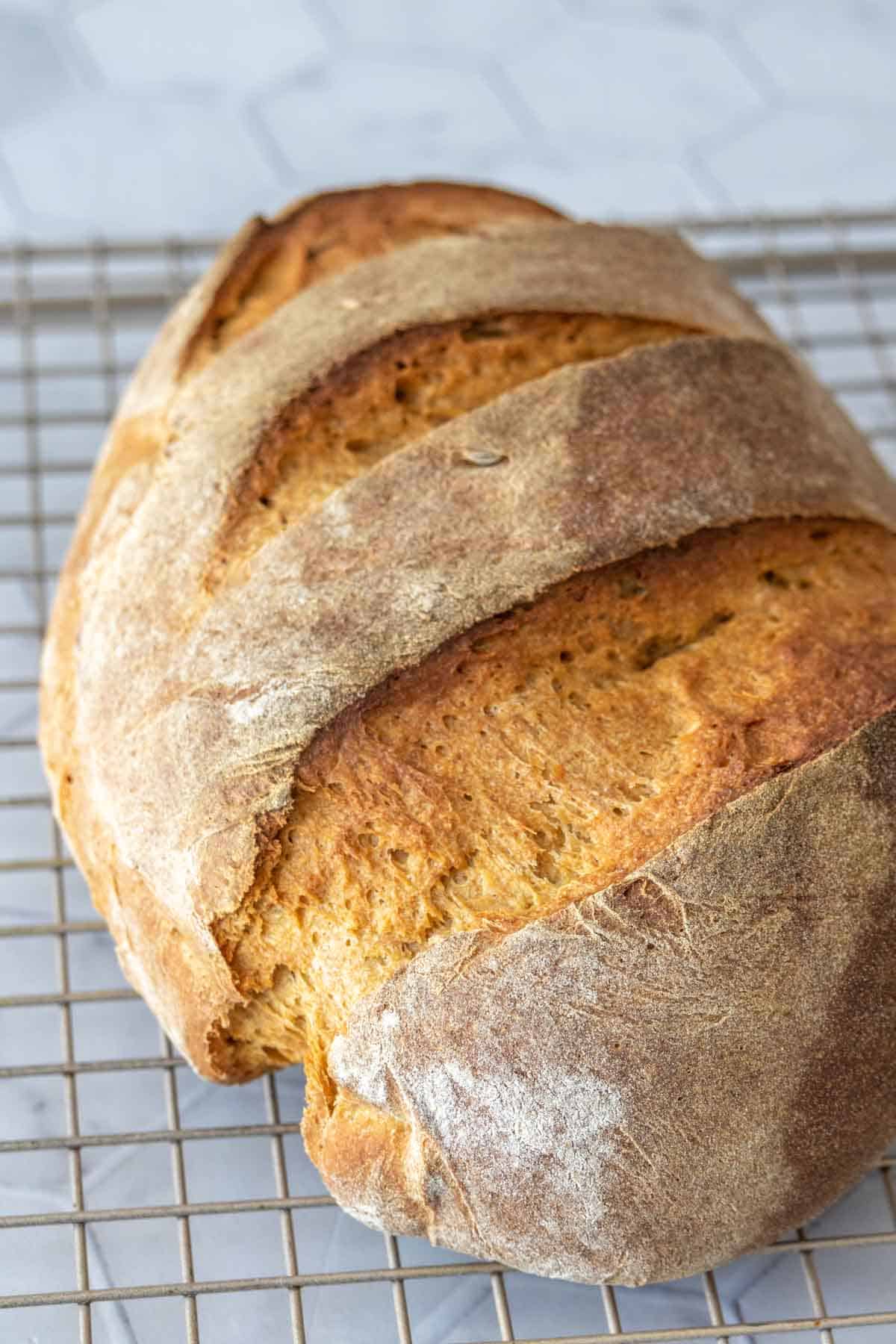
Flavored with fennel, caraway, molasses, and orange, it’s a step above your regular white bread.
He never shared with me his personal recipe, but I always feel like I am channeling him when I make this limpa bread.
If you’ve tried my honey oatmeal bread or French bread and are looking for a great sandwich bread that is full of flavor, add this limpa to your to-do list!
Ingredients for limpa bread
To give the bread its unique flavor, you’ll need a few special ingredients in addition to the bread basics.
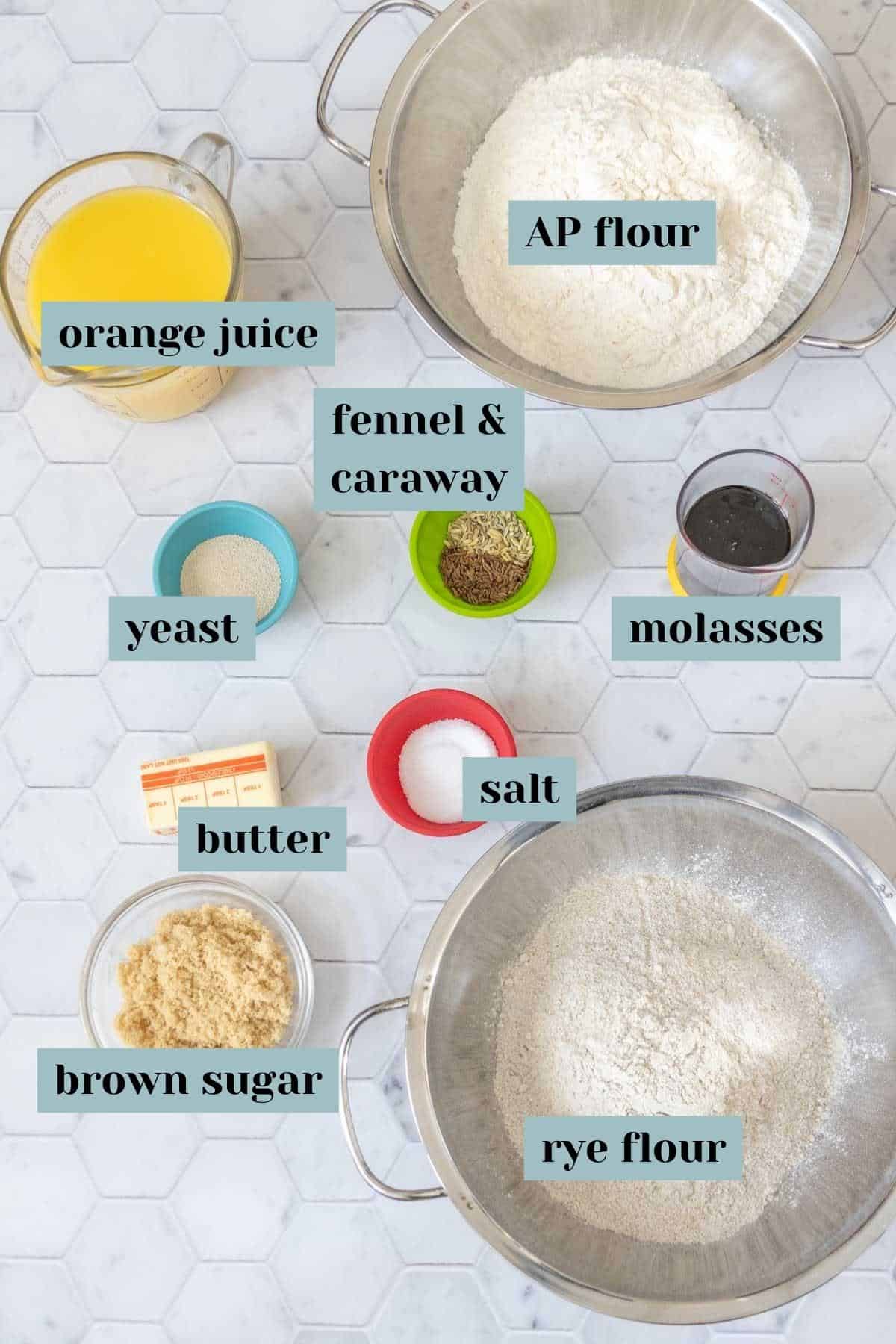
Rye flour – Rye flour is made from rye kernels (berries) instead of wheat. It has a nutty flavor and is perfect for when you want to add more dimension to baked goods.
There are four main kinds of rye flour: white, medium, dark, and pumpernickel.
For this recipe, I use Bob’s Red Mill Dark Rye Flour. Medium rye also works well.
All-purpose flour – To prevent the loaves from being too dense and heavy, I use all-purpose flour as well, in approximately equal proportion to the rye.
Yeast – I use instant yeast in this recipe.
If you use active dry yeast, you will want to let it rest with the warmed ingredients to activate before mixing in any flour. Make sure the liquid is not too hot or it will over-activate the yeast.
Orange juice – Instead of water, this uses orange juice as the liquid to give the bread a lovely citrus flavor. I recommend a no-pulp version here.
Molasses and brown sugar – I use two kinds of sweetener for a deeper flavor. The molasses also gives it a nice color and works well with the orange juice and seeds.
Butter – Added fat helps create a soft and tender texture inside with a crisp crust. Salt is also added to the bread, so use unsalted butter.
Fennel and caraway seeds – Anise and similar flavors are very popular in Swedish baking. Fennel and caraway are both similar to anise, but impart slightly different flavors.
If you only have one or the other, you can simply 2 teaspoons instead of 1.
However, if you only have aniseed, reduce the total seed amount to 1 teaspoon, as the flavor is stronger.
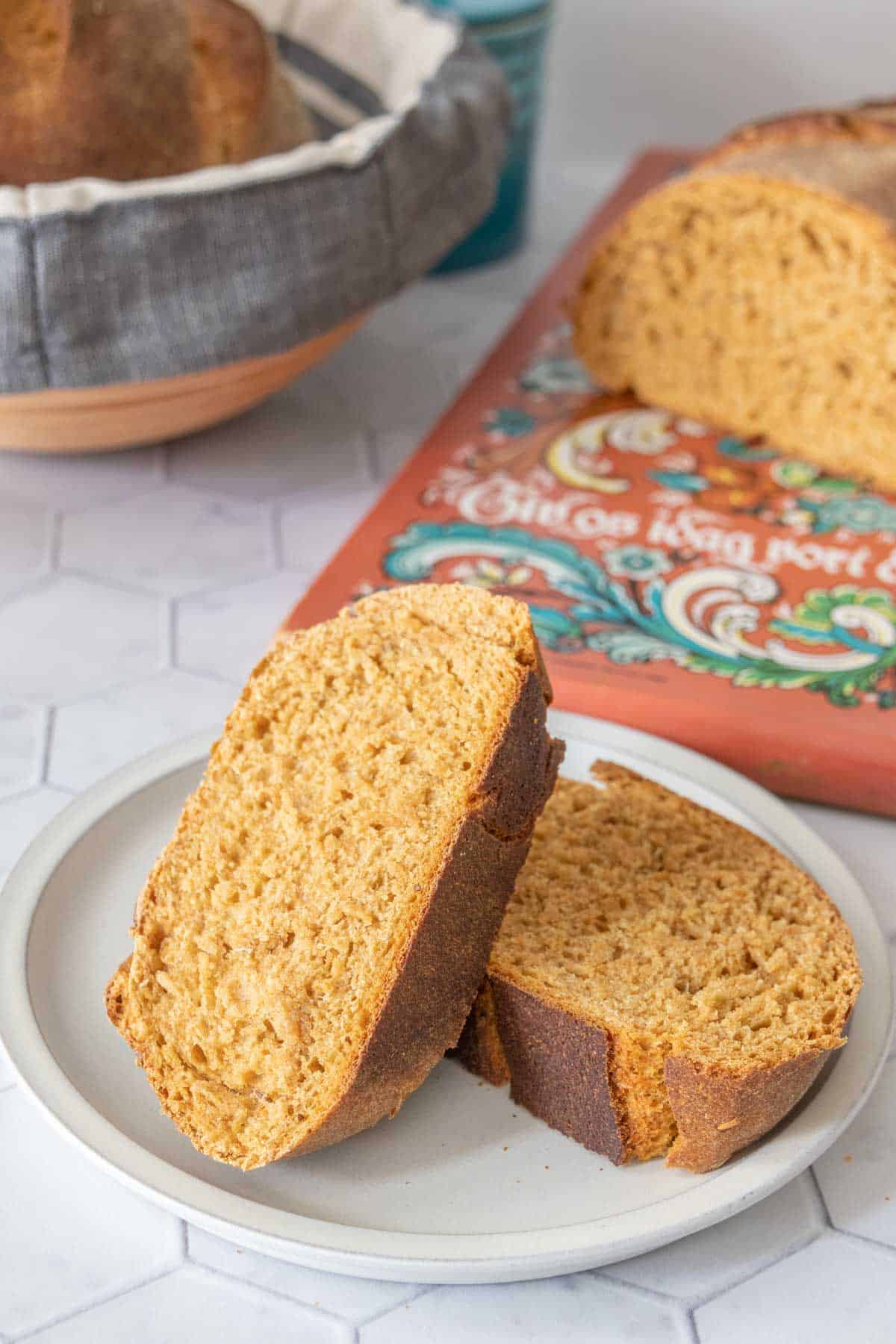
How to make Swedish rye bread
In a small saucepan, combine the orange juice, butter, molasses, brown sugar, fennel seeds, and caraway seeds.
Set over medium-low heat and warm gently, just until the butter is melted and sugar is dissolved. Remove from heat.
remember!
Do not let the liquid get too hot, or it will kill off the yeast. If needed, let it cool before adding the yeast until it feels about the same temperature as your inner wrist, approximately 100°F.
Pour the liquid mixture into a large mixing bowl and whisk in yeast and salt.
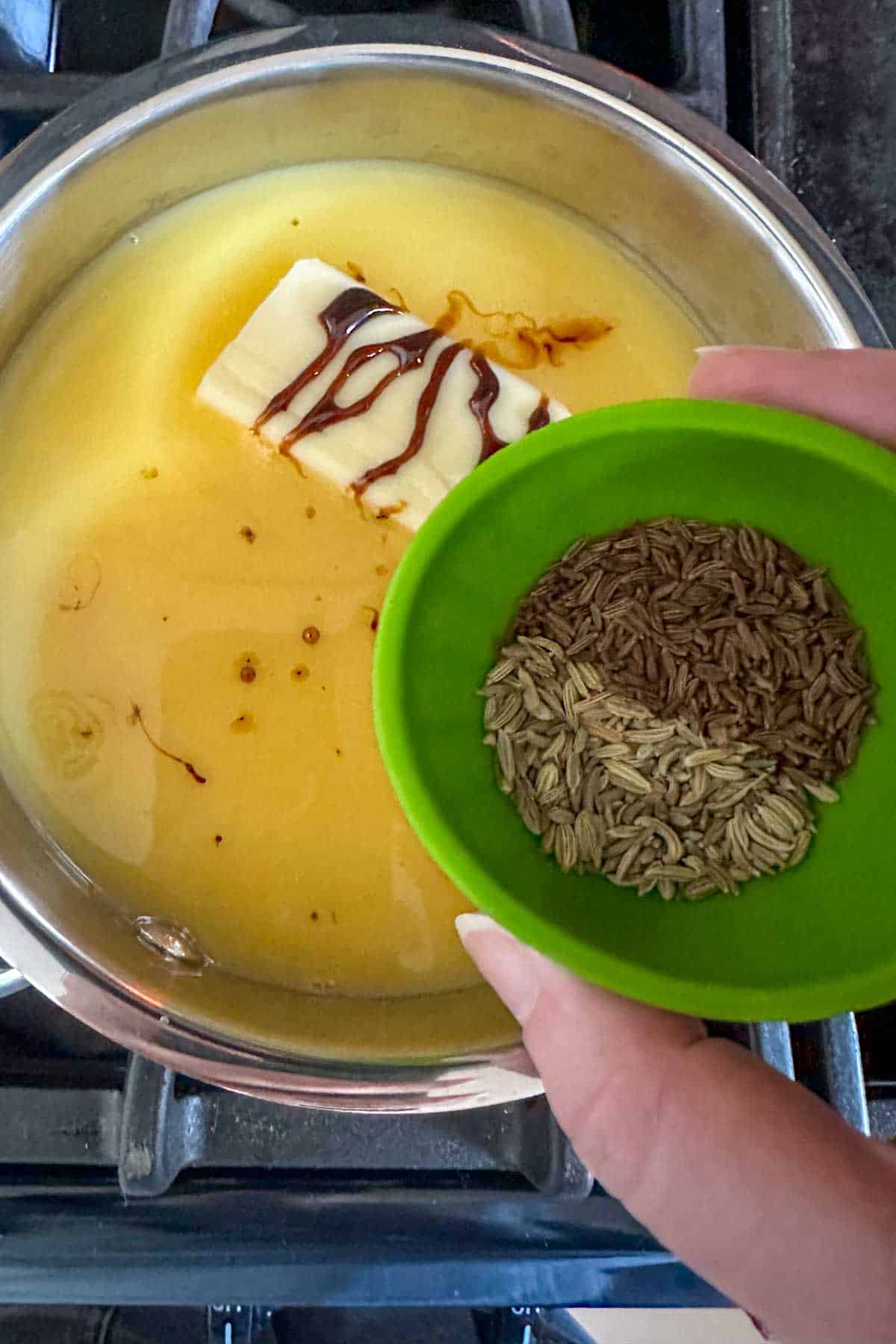
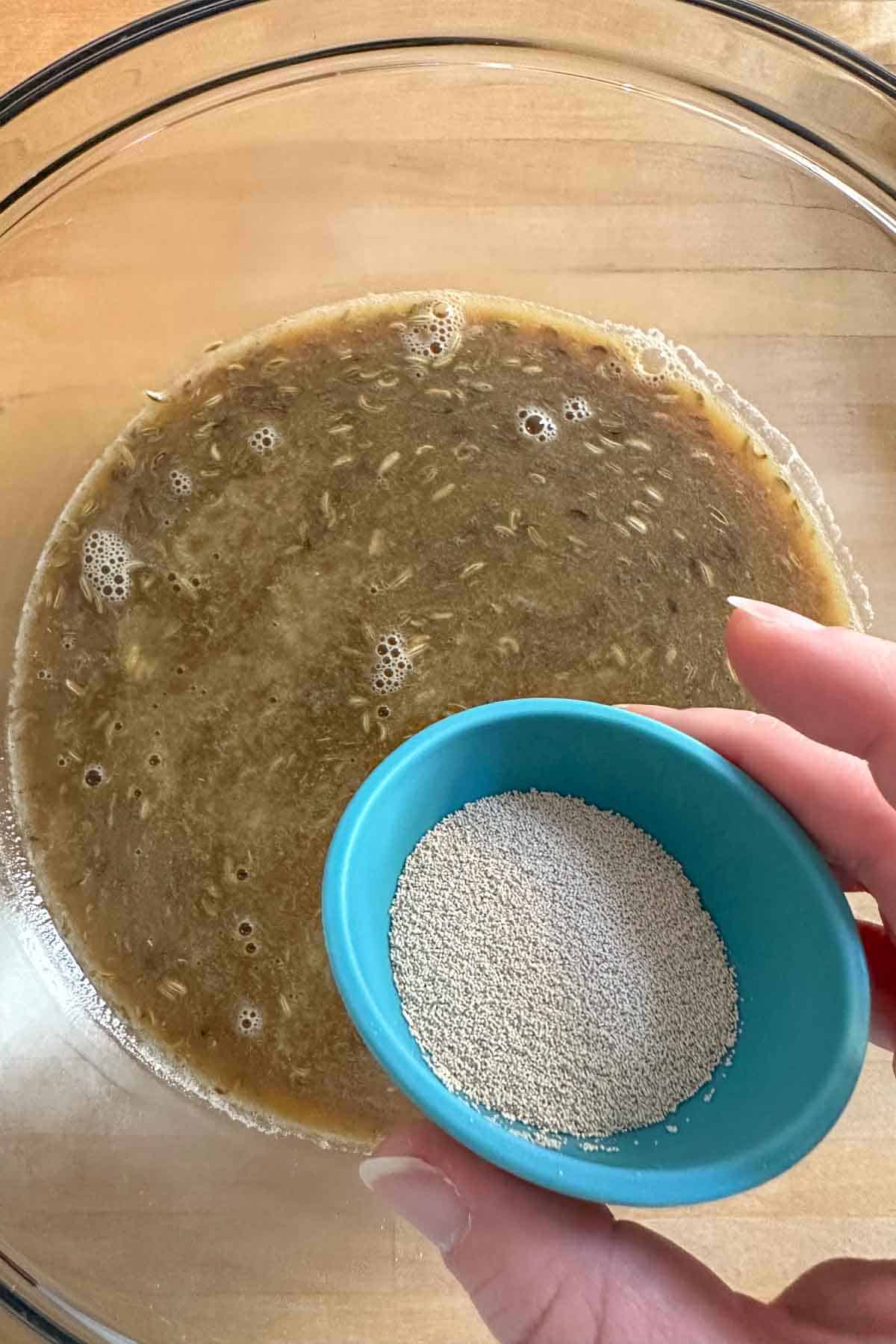
Stir in all of the rye flour with a wooden spoon or dough whisk. You can also mix the dough in a stand mixer fitted with the dough hook if you prefer.
Add 1 cup of all-purpose flour, mixing in fully before adding more. You only want to add enough flour to make the dough come together, but still be a little sticky.
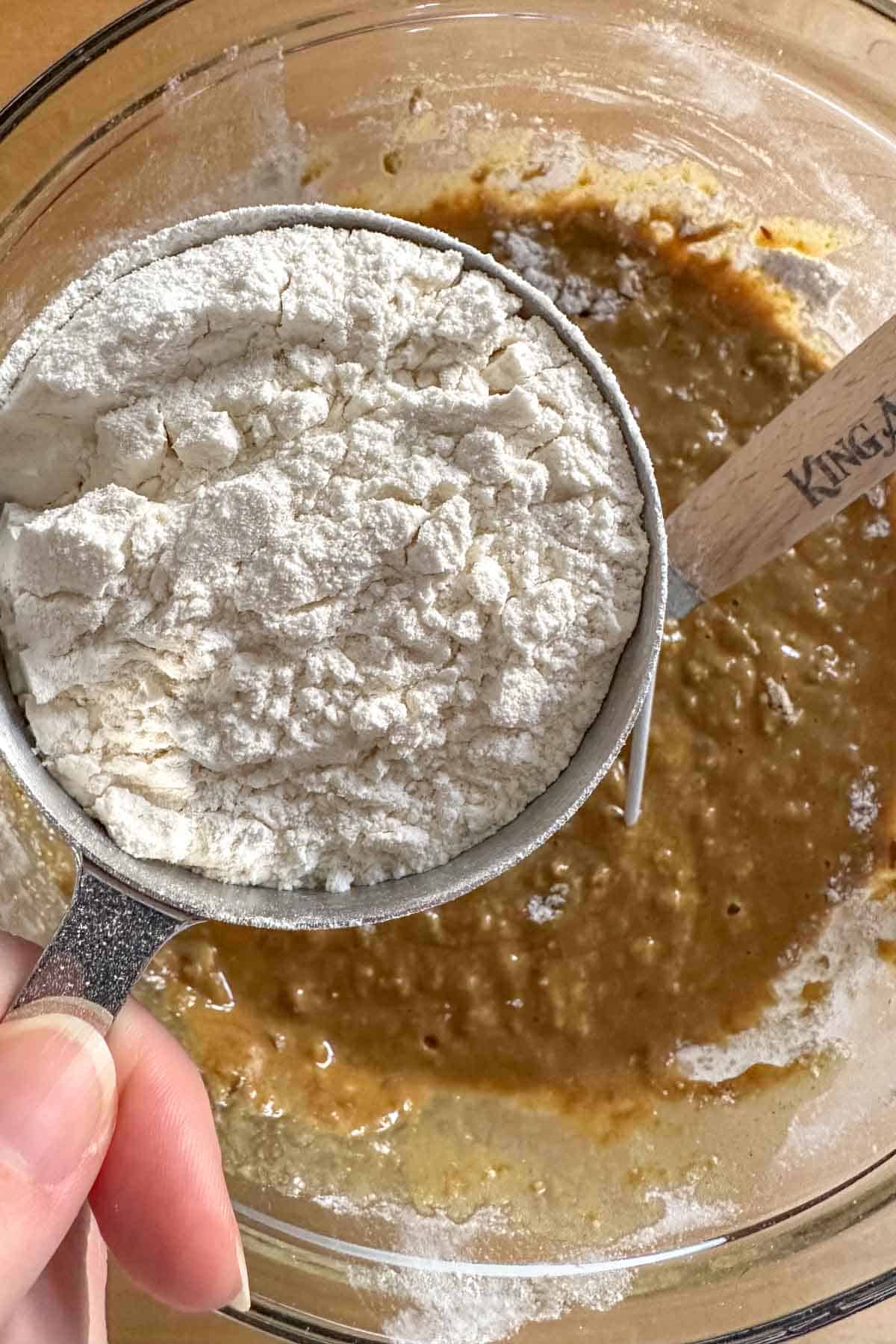
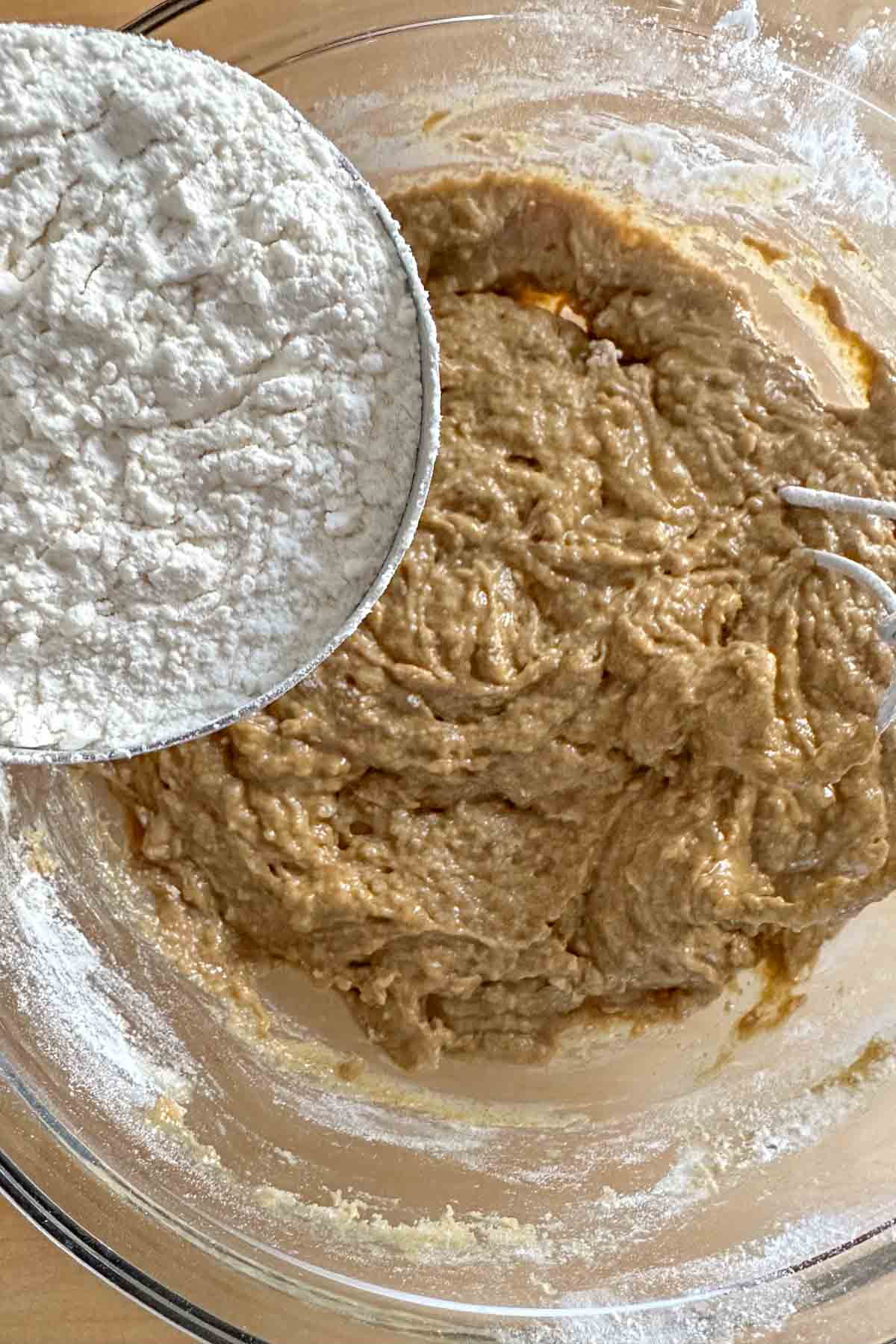
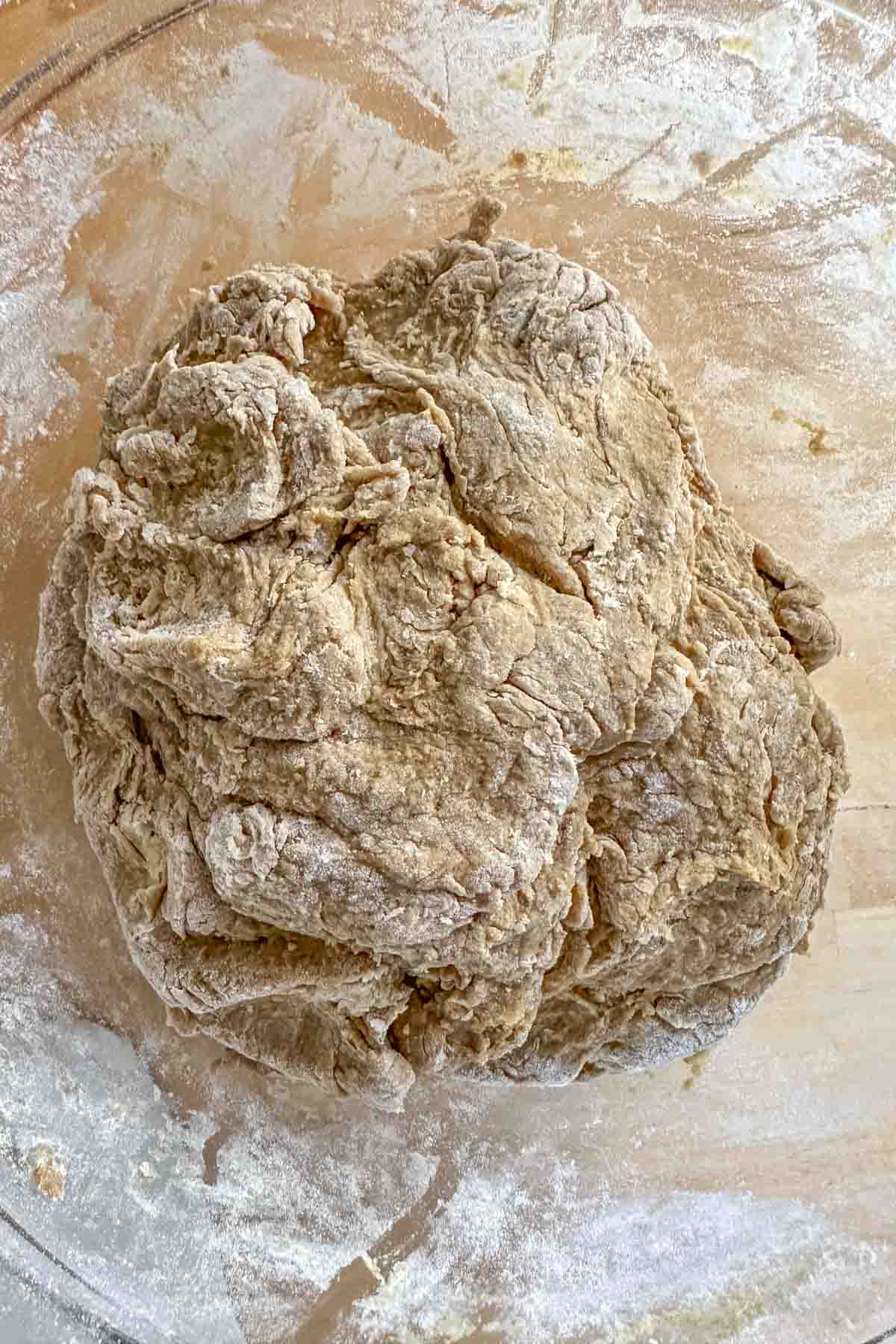
Let the dough rest for 20 minutes.
Dust a work surface with flour and turn out dough from the bowl. Dust your hands and the top of the bread with more flour and knead gently for about 5 minutes.
Add flour as you knead to prevent sticking. The dough should feel soft and stretchy. Shape into a smooth ball.
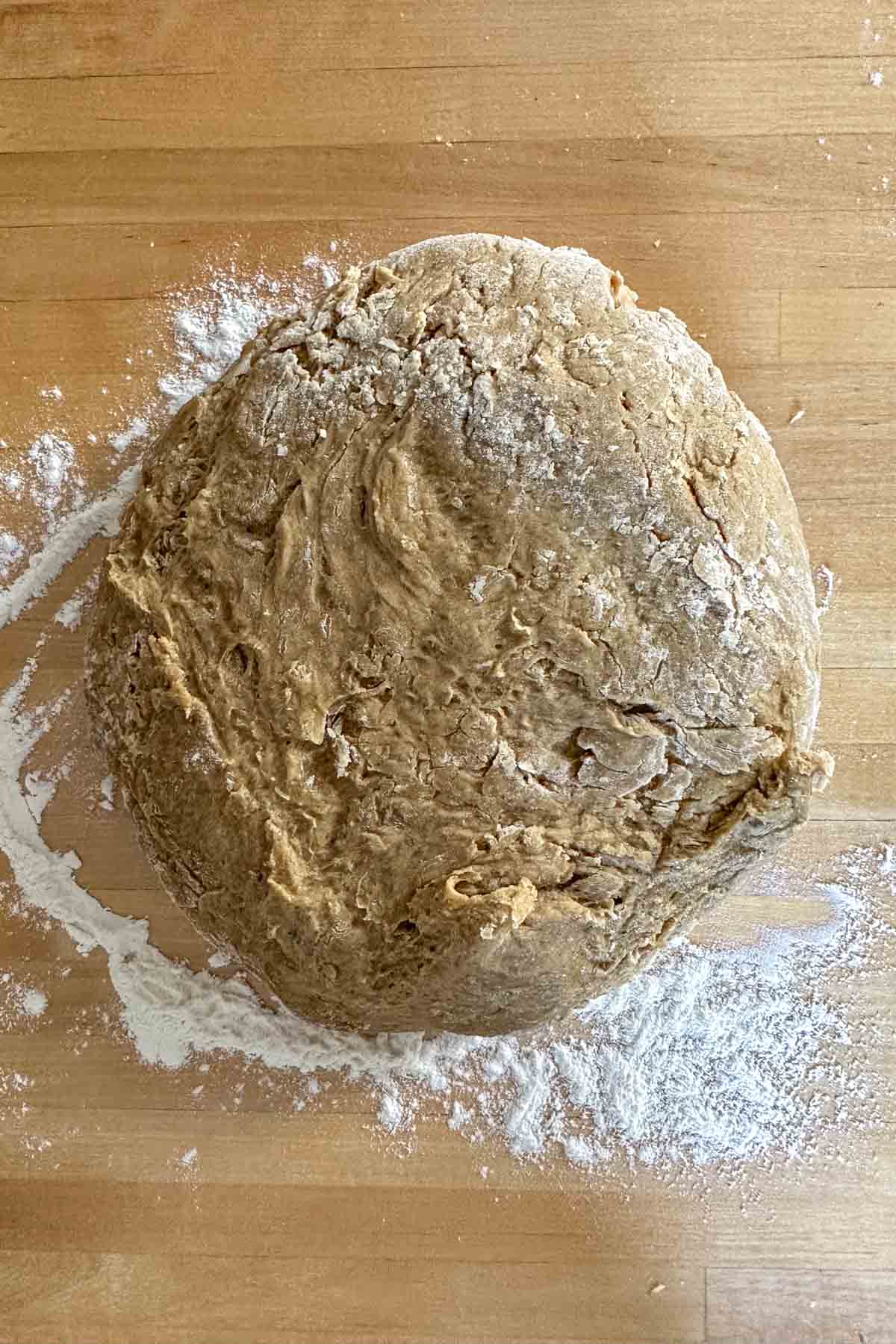
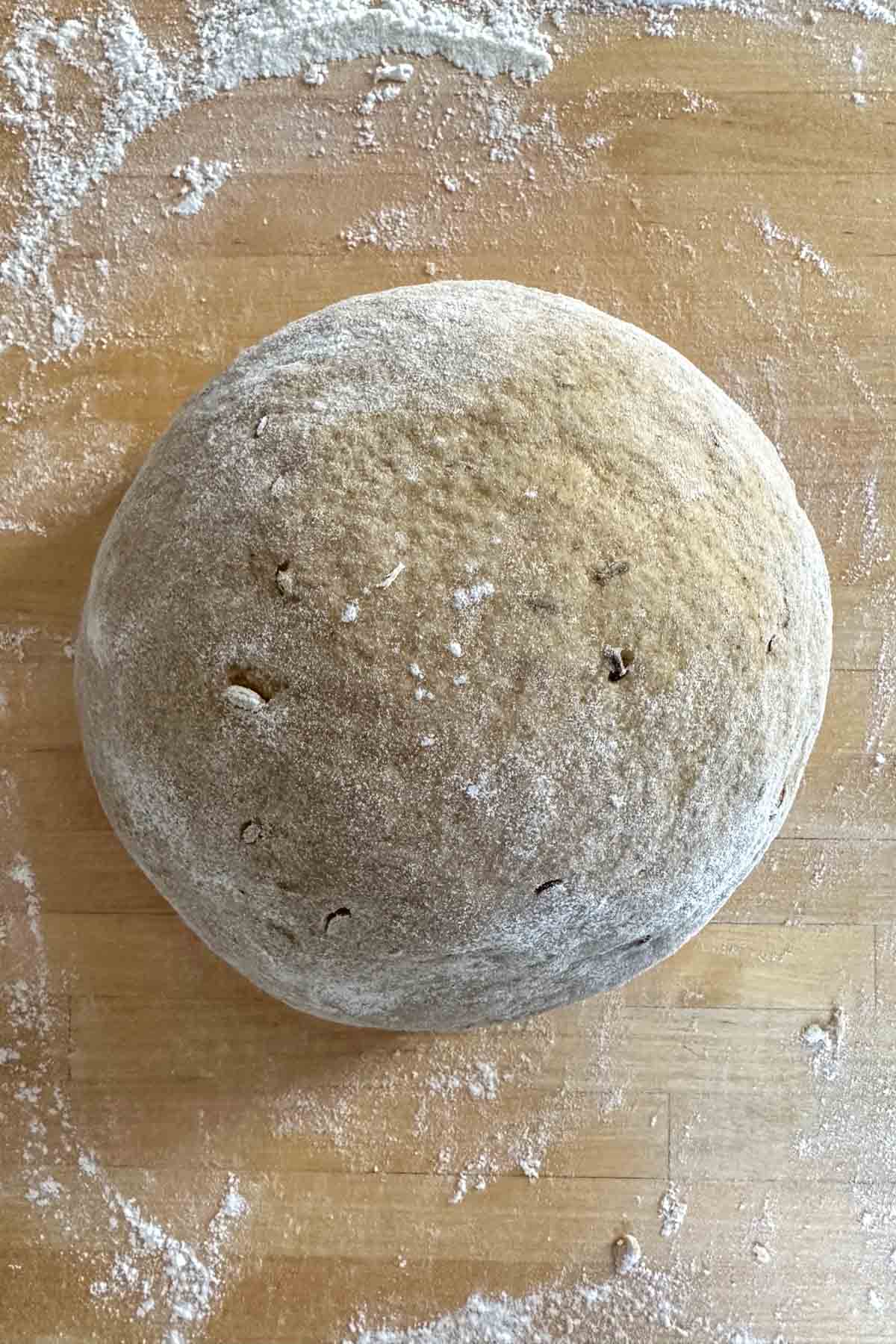
Keep in mind that bread is dependent on your environment and ingredients, so you may need more or less flour to achieve the desired texture.
Lightly coat a large bowl with nonstick spray or oil. Place the bread in the bowl and cover with a kitchen towel, plastic wrap, or thin plastic shower cap.
Set in a warm place and let rise until doubled, about 1 hour.
In the winter I like to put mine into the microwave, or you can use an oven that has been warmed and turned off.
Once risen, deflate dough. Divide into 2 pieces and either shape into freeform loaves and place onto a rimmed baking sheet, or place into greased loaf pans.
Cover and let rise again for 1 hour.
While the bread is rising, preheat the oven to 375°F.
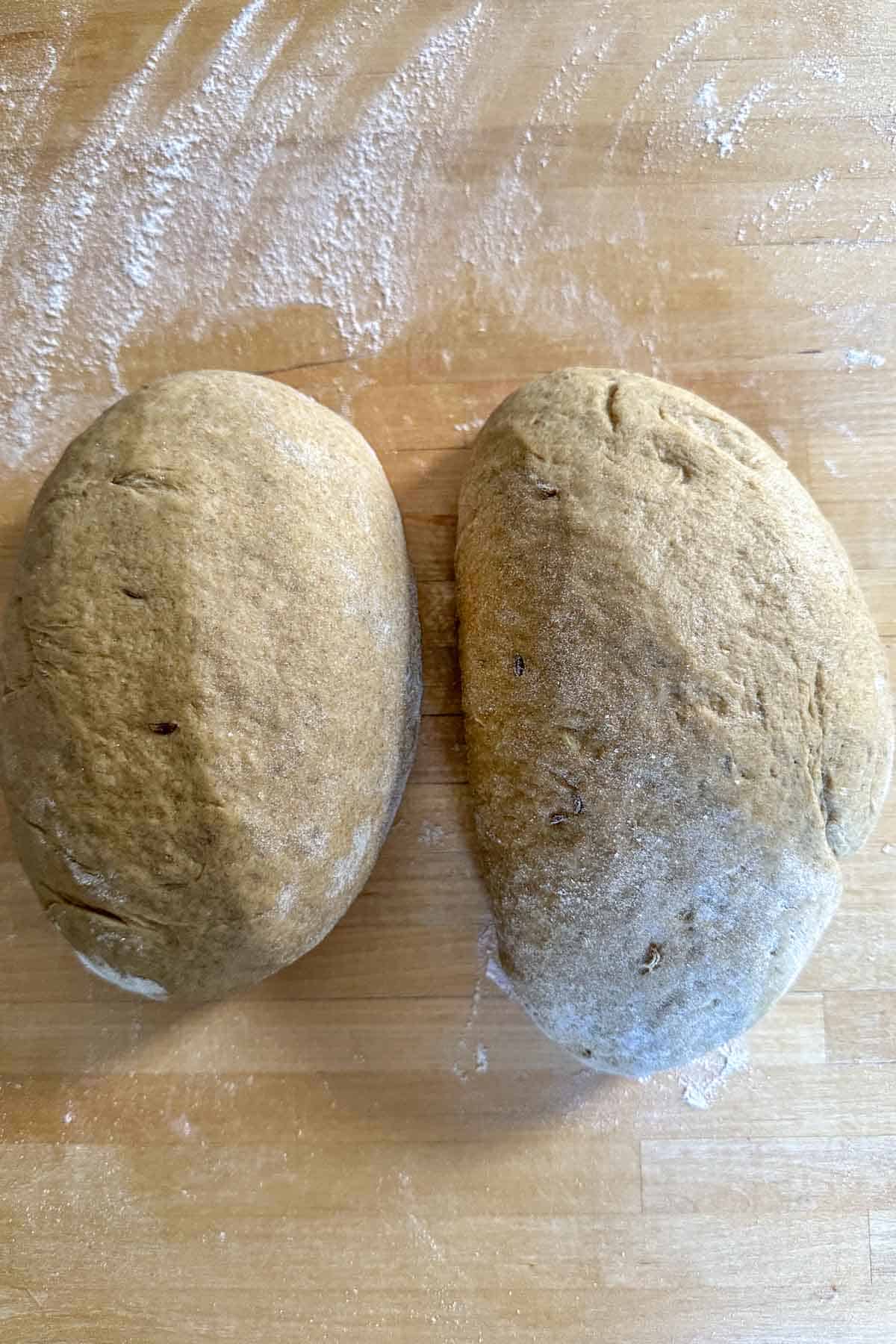
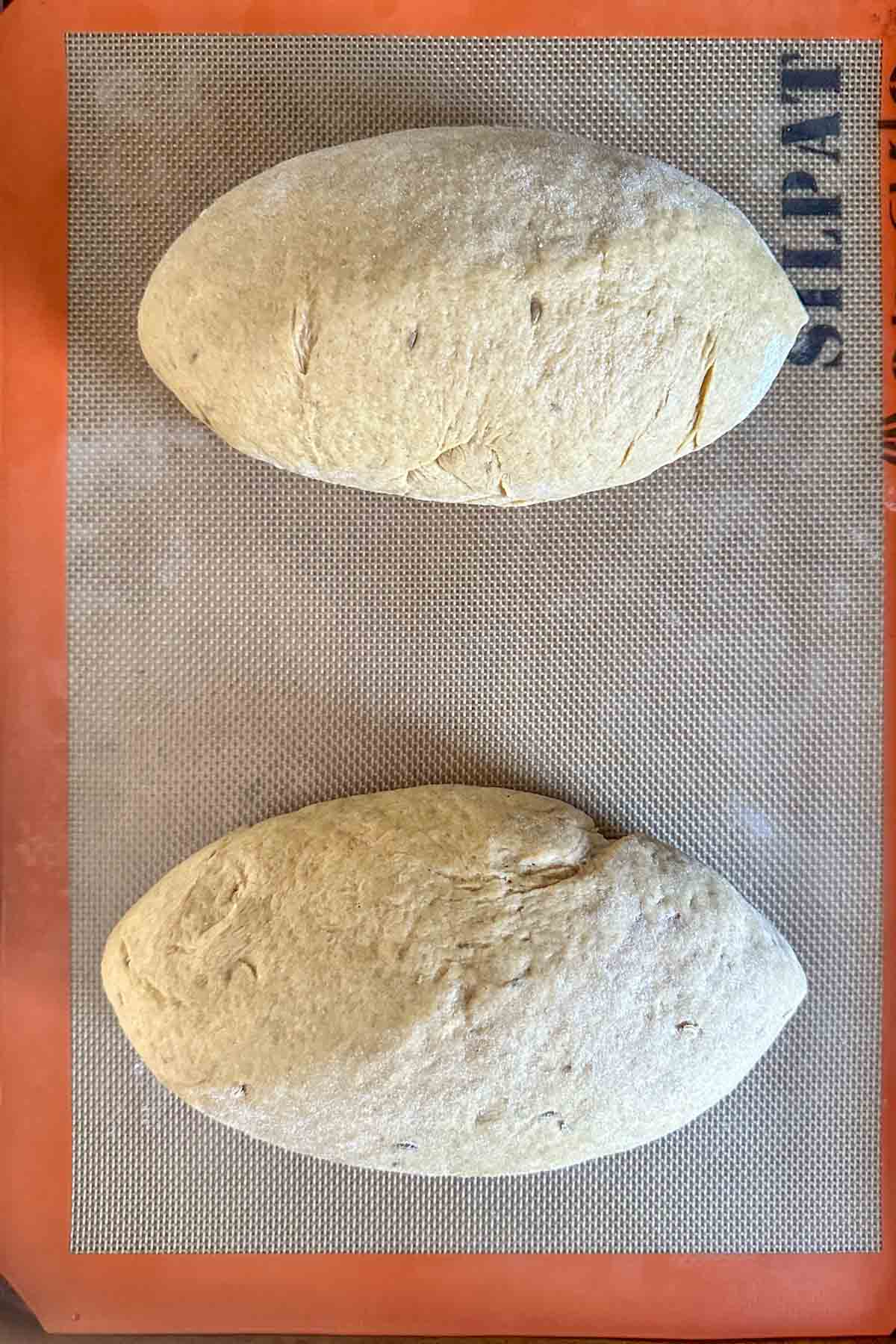
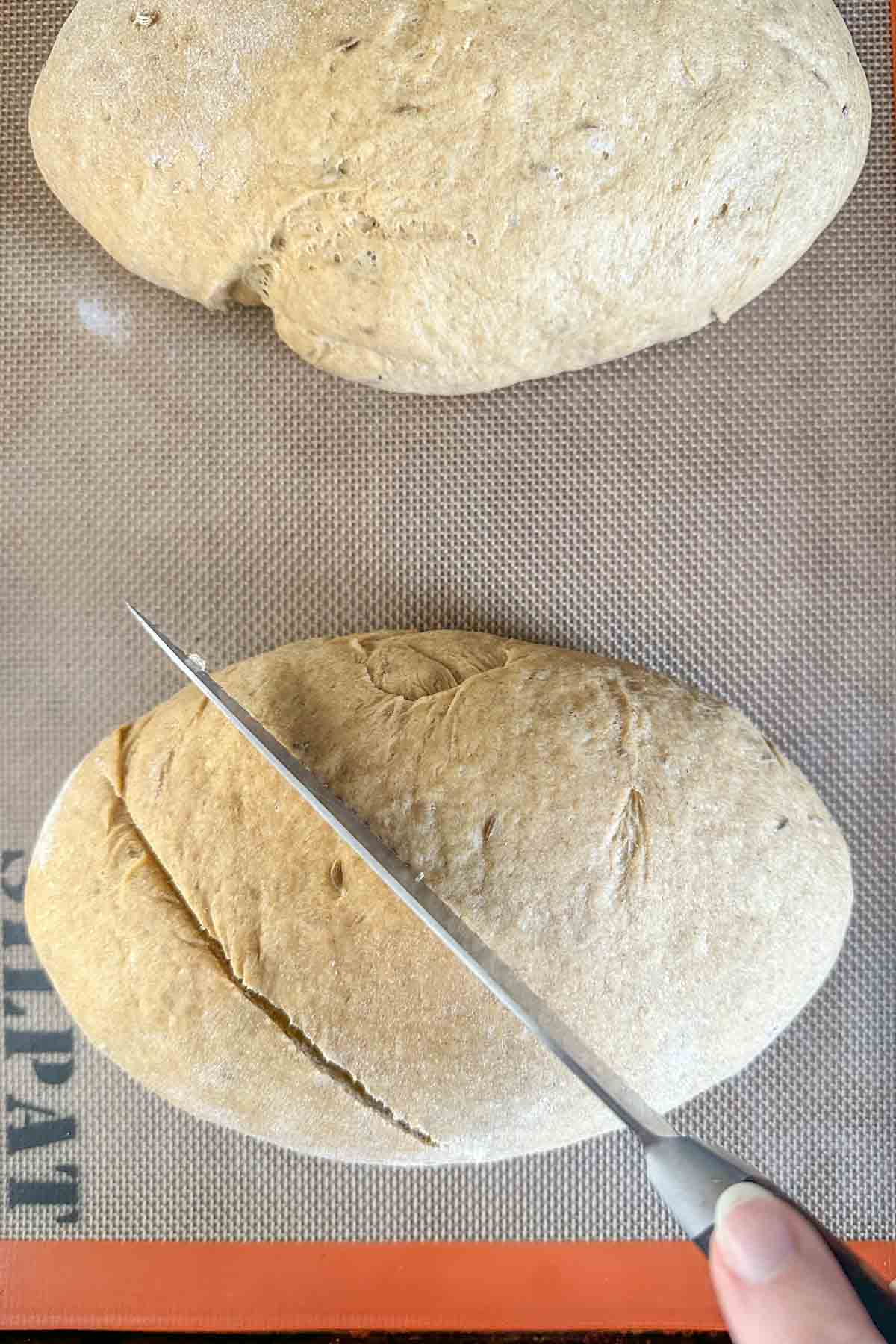
Once the bread has risen, use a serrated knife to slash the tops (or leave smooth).
Place the bread in the oven and bake for 40-50 minutes, until the loaves are dark and an instant-read thermometer inserted into the bread center registers between 190°F and 210°F.
Let cool on a wire rack before slicing.
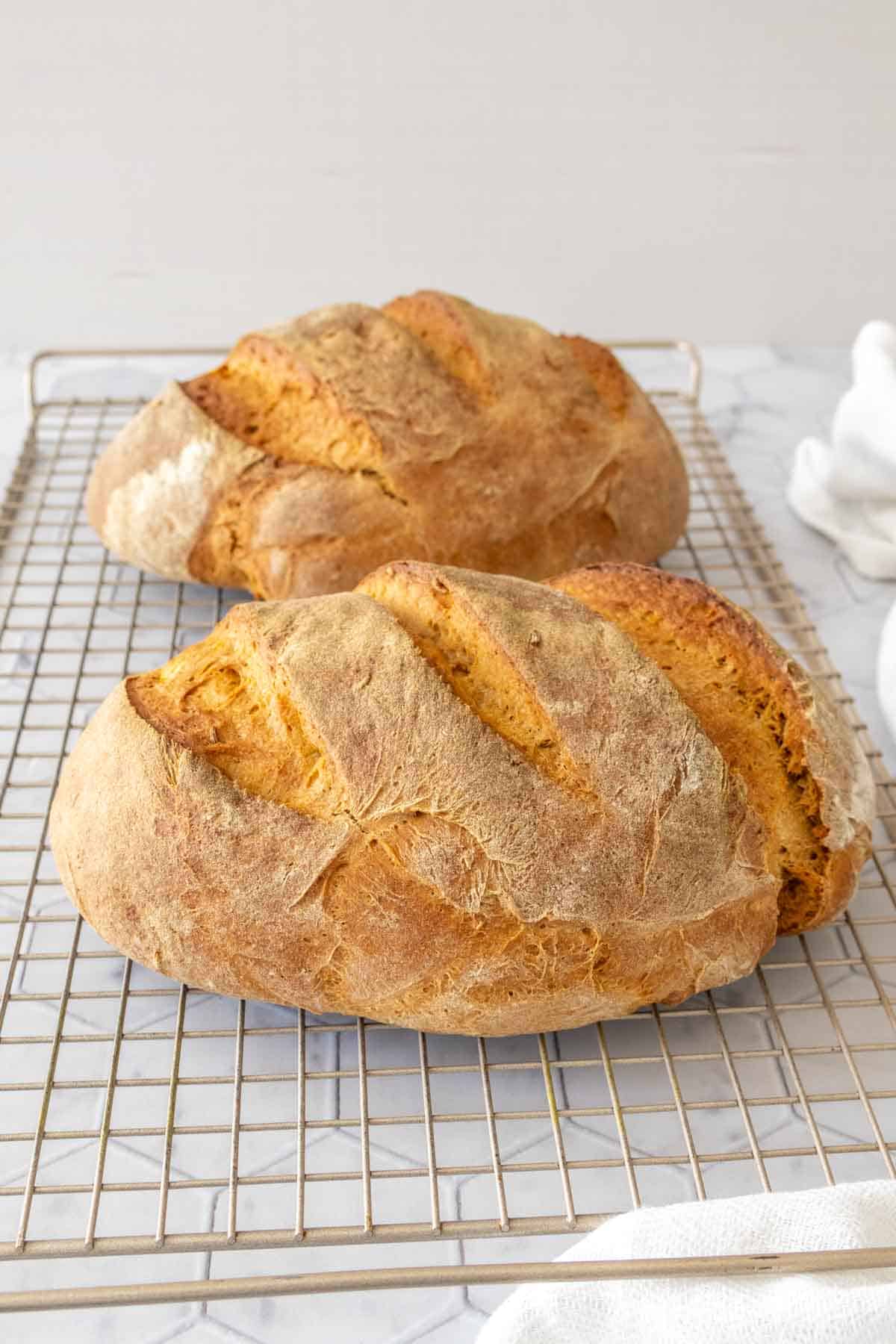
Serving suggestions
Honestly, I like to eat this simply toasted with salted butter on top, but you can enjoy it in lots of other ways!
Serve with gravlax (cured salmon) and dill on top for an open-face sandwich.
Shape into four smaller loaves and cut thinly for crostini to serve with egg salad or your favorite dips like beer cheese dip.
Serve alongside a dinner of Swedish meatballs and dill potatoes.
Use for a Reuben sandwich or an amazing grilled cheese.
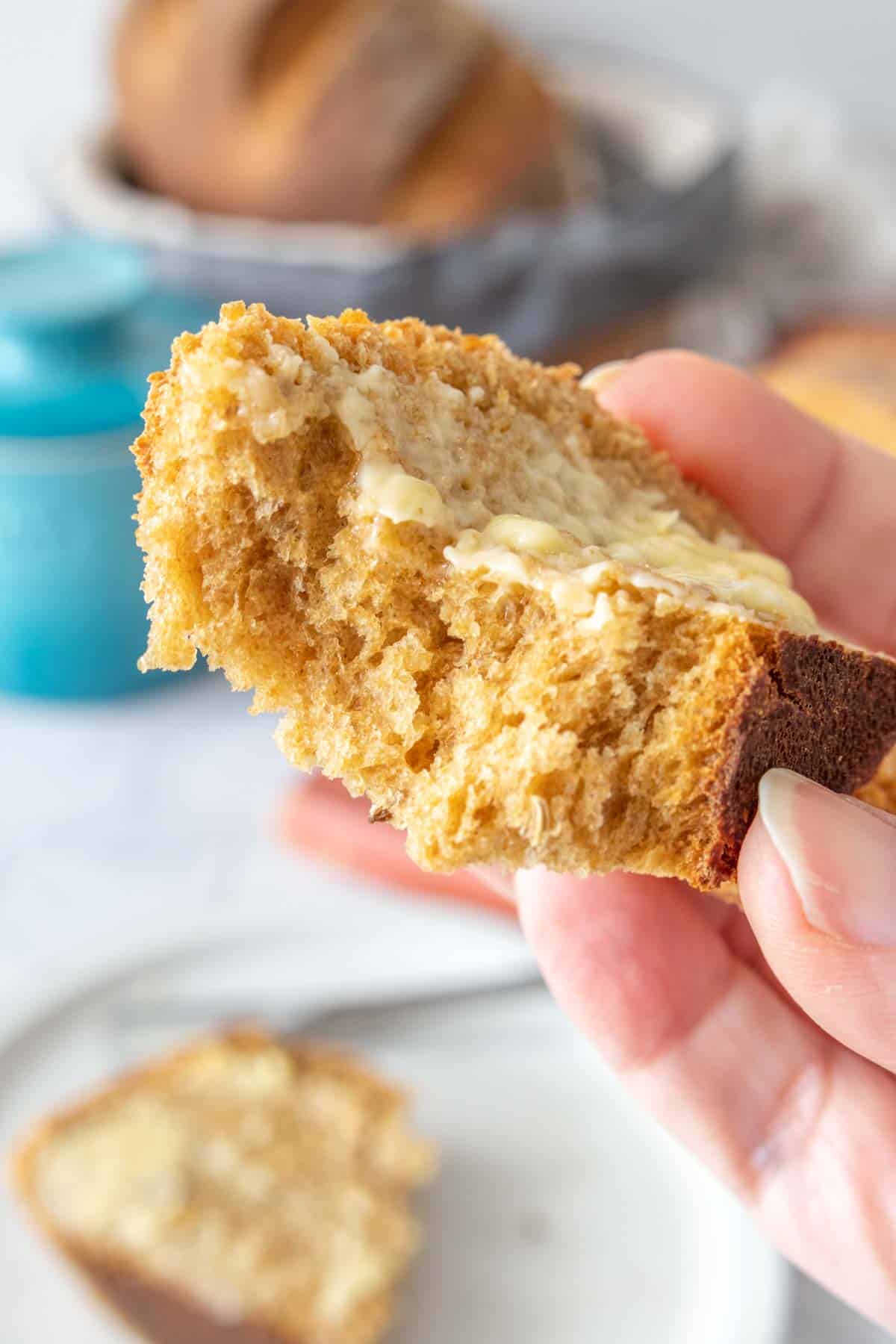
This flavorful limpa bread is such a treat. Give it a try!
Love this recipe? Please leave a 5-star review below!
It means so much when you enjoy my recipes, so let me know how it goes and leave a comment if you have any questions.
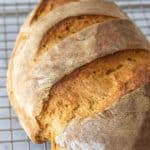
Limpa Bread
Ingredients
- 1 3/4 cups orange juice
- 1/4 cup unsalted butter
- 1/3 cup molasses
- 1/4 cup brown sugar
- 1 teaspoon fennel seeds
- 1 teaspoon caraway seeds
- 1 tablespoon instant yeast
- 1 tablespoon fine sea salt
- 2 1/2 cups rye flour
- 2 to 3 cups all-purpose flour
Instructions
- In a small saucepan, combine orange juice, butter, molasses, brown sugar, fennel seeds, and caraway seeds. Heat just until butter is melted, sugar is dissolved, and liquid feels about the same temperature as your inner wrist. If needed, let cool to reduce temperature.
- Pour into a large mixing bowl and whisk in yeast and salt. Stir in rye flour, then add all-purpose flour gradually until dough is soft and pliable. It should still be somewhat sticky. Let rest for 20 minutes.
- Turn dough out onto a lightly floured surface and knead gently for approximately 5 minutes, adding more flour to prevent sticking as needed. Shape into a smooth ball. Set in a large greased bowl and cover with a towel or plastic wrap. Let rise in a warm place until doubled, approximately 1 hour.
- Deflate dough dough, divide in half, and shape into loaves. Place loaves on lightly floured baking pan or in greased bread pans. Cover and let rise 1 hour.
- While dough is rising, preheat oven to 375°F. Once ready to bake, slash tops with a floured serrated knife and place bread in oven.
- Bake for 40 minutes, or until loaves are dark and crusty. An instant-read thermometer inserted into the center of a loaf should read between 190°F and 210°F.
Notes
- Makes 2 loaves.
- If using bread pans, adjust baking time as needed to fully bake.
- You can shape into 4 smaller loaves or even individual rolls. Reduce baking time as needed; rolls should take about 25 minutes.
Recommended Products
Nutrition
Nutrition information is provided as a courtesy and is an estimate based on online calculators. Any nutritional information found on Stetted should be used as a general guideline only.
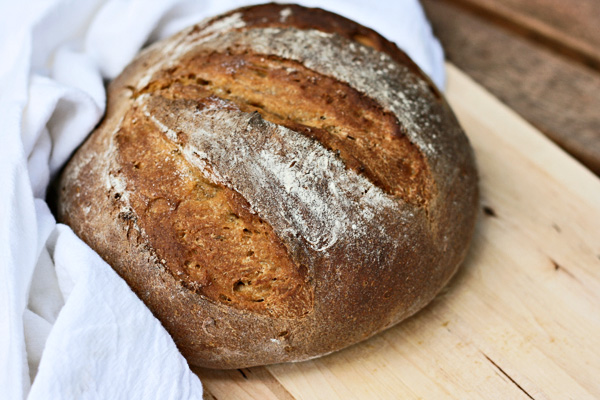


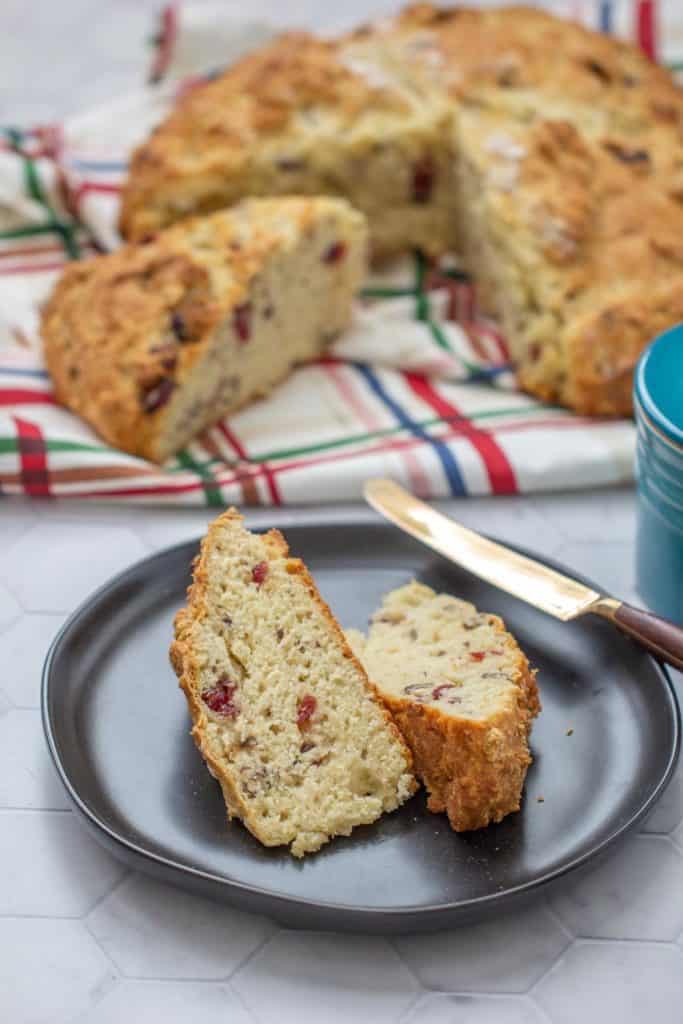
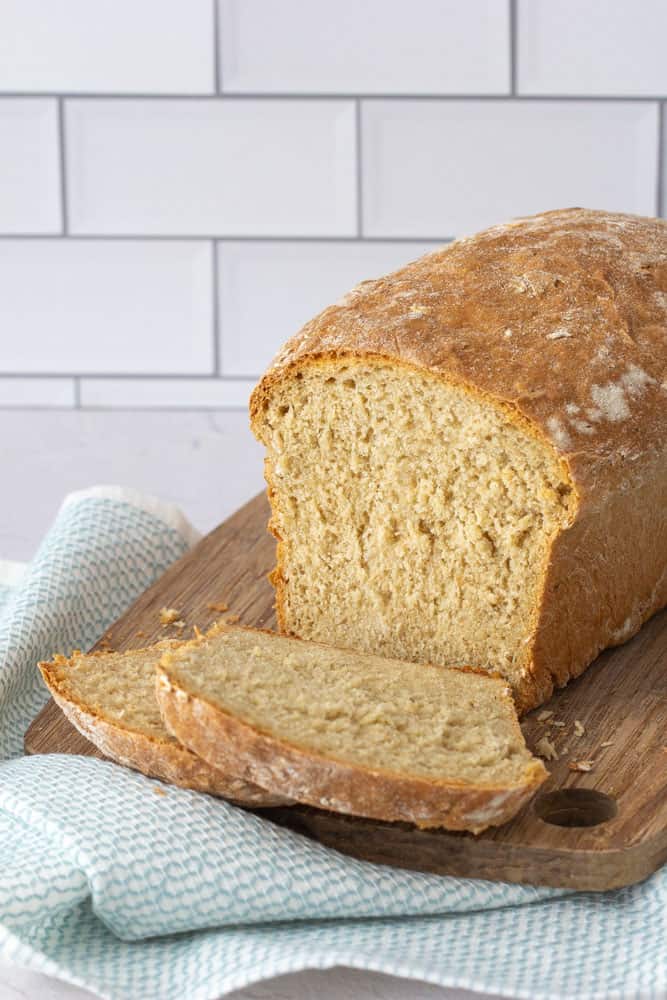
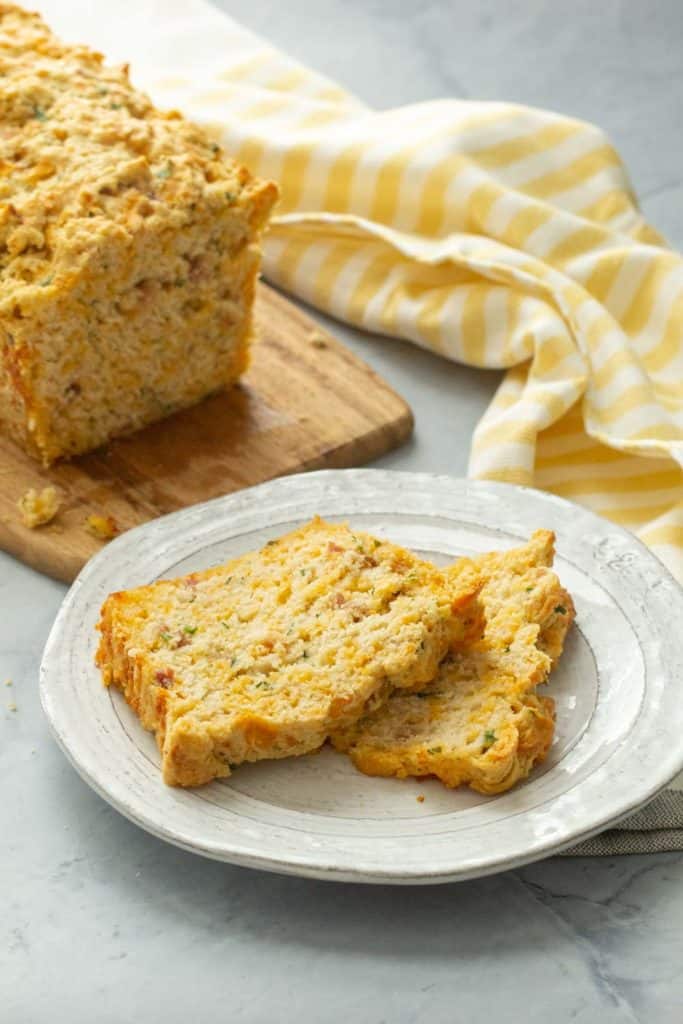







Gorgeous photos and I love your writing! Thought definitely something I’d never tackle… Just voted for you. 🙂
You get huge points for writing the best first line ever: My grandfather has always been two. Love, love, love your post! Best of luck in moving to Round 3; you certainly have one of my votes!
this is fantastic and original. great post. i love the bread… chomp!
you’ve got my vote 🙂
What a beautiful way to tackle this challenge! I love that you explored your roots. I think that our own personal heritage is so important to who we are, and that includes our food heritage!
Thanks for stopping by my blog to check out my tamales! 🙂
I love your personal story w/ these dishes! I voted! Good luck 🙂
Great choice and the bread is beautiful! I did the untouchable, nostril offending lutefisk!
Your bread was just too gorgeous… I clicked the heart button before I even read the post – well done- Megan
What a great post! You’ve got my vote 🙂 I think your grandpa would be more than proud. He’d still be two, with a happy tear in his eyes.
XOXO best of luck!
p.s. I love your userpicture–it reminds me of my favorite movie of all time: Amelie.
simplicity is the hardest thing to accomplish!
I voted you. (You can see my post here: http://www.foodbuzz.com/project_food_blog/challenges/2/view/869)
I really enjoyed reading this – the combination of your words and the lovely photos meant I could practically smell and taste these recipes. The Jansson’s Temptation really caught my eye. I have a Swedish friend here in Shanghai, so I’ll ask her if you can get tinned sprat anywhere.
Sent you a vote!
To me, both dishes look wonderful but I’m so impressed by your limpa. It’s beautiful. I tackled bread making for the challenge but mine didn’t come out like yours. I just voted for you.
Your grandpa sounds like he was a wonderful man and you did him proud with this lovely post. I surely would love to be served this plate! Voting now, and Here’s to both of us hopefully advancing to the next round.
I voted, beautiful bread!
Truly lovely post that garners a vote from me! I love IKEA, but I love your exploration into Swedish food even more 🙂
My own entry, Indian dessert Gulab Jamun, is soaked in rosewater, cardamom, and saffron syrup as well as lots of sweet memories.
Beautiful post and omg the bread looks divine. You have one of my votes. Best of luck to you!
I enjoyed reading your post and admiring your photos. A very nice answer to the challenge. I voted for you.
A terrific meal.
If you wanted to substitute something for sprats due to availability, would you recommend anchovies, herring, sardines, or something else? What do the sprats taste like right out of the can?
looks great I bet your grandfather would be proud if he saw it…looks authentic to me and im a native Swede. You got the bread nice and rustic…perfect meal for the winter season that is around the corner….most swedes actually only eats Janzons temptation around x-mas but some use it as comfort food…
If you ask me simple things are by far the best…
If you’re ever in Chicago in the winter, you need to head to Tre Kronor restaurant for some of the best Swedish food in the U.S. It’s on the north side of the city (across the street from North Park University, founded by Swedes in 1892). They have amazing Swedish food year ’round, but in December they host a julbord, complete with gravlax, lutefisk, numerous kinds of herring, potatiskorv, Janssons frestelse, limpa, hardtack, and so much more. It’s $50/person, but you can stay for two or three hours and go back as many times as your stomach will let you! This regular customer — of 100% Swedish heritage herself — promises you will not be disappointed.